When it comes to home renovations, every detail matters – even the often-overlooked cornice! In fact, when preparing for painting, many renovators find themselves questioning whether the cornice should match the colour of the ceiling or the walls, and in this quick guide, we give you a straight answer.
But first, for anyone very new to renovating …
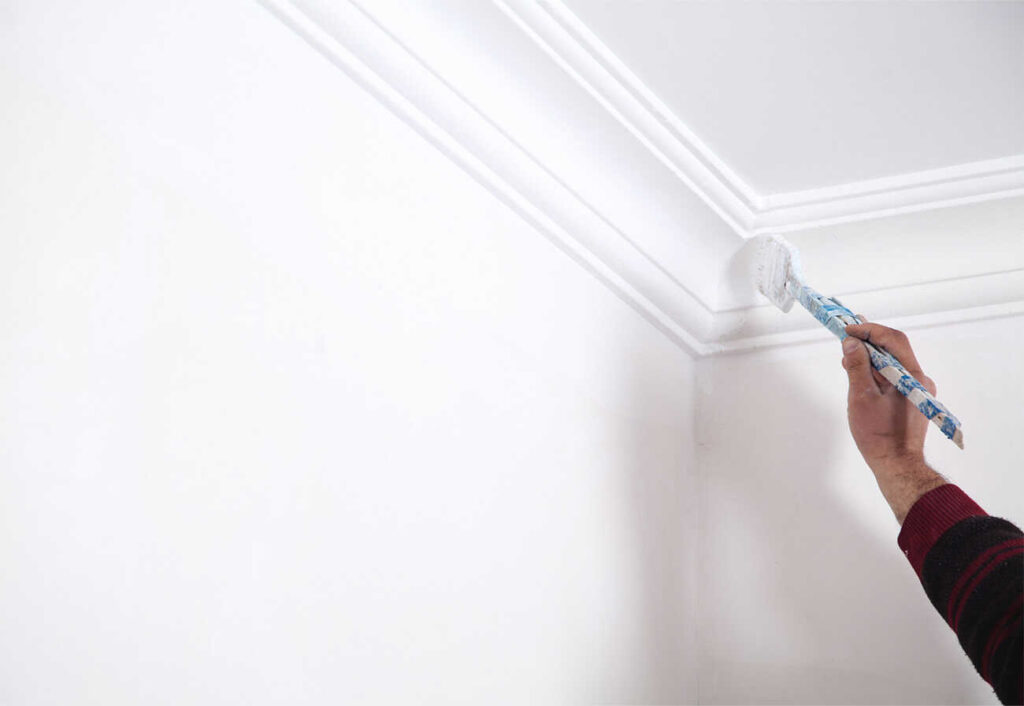
What is a cornice and what is its purpose?
A cornice is a trim or decorative moulding positioned where walls meet the ceiling. Unlike skirting, a cornice attaches to the top of walls and uses moulded plaster rather than timber.
Its primary purpose is to bridge the connection point between a wall and ceiling (which isn’t always tidy!). But cornices also provide renovators with a great opportunity to bring balance and loads of style to a room.
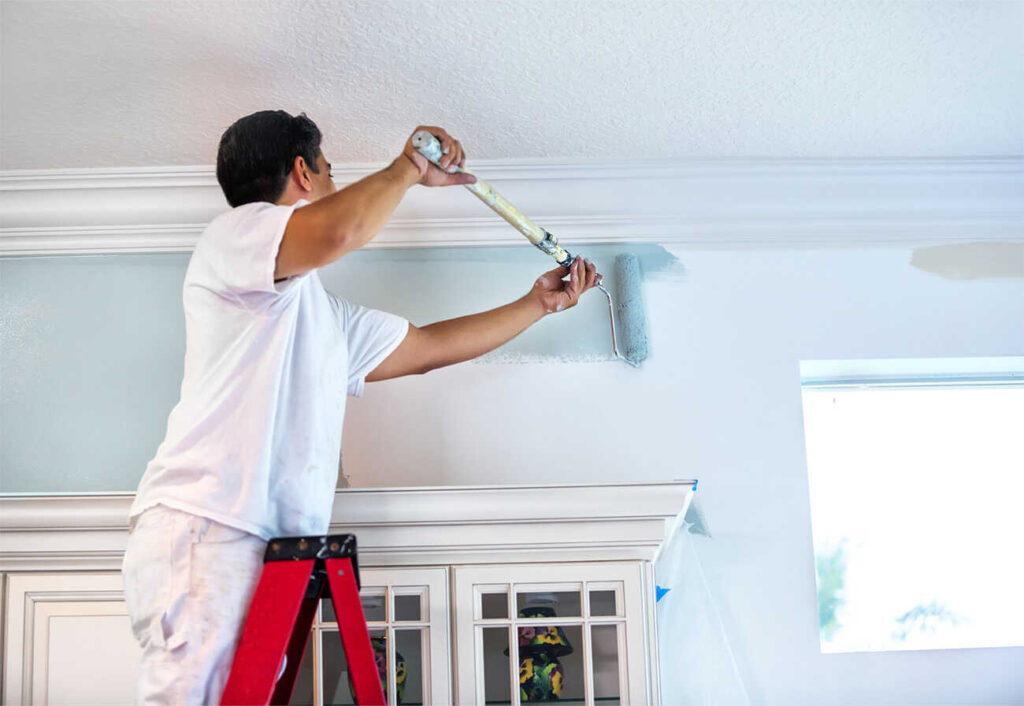
What’s the most popular cornice in Australia?
According to Gyprock, Cove Cornice is a popular choice, especially painted in ‘ceiling white’. Cove comes in three profiles (sizes) and has a very simple inward curve that’s elegant and perfect for modern homes. Of course, if you want to go with something more opulent, there are many more designs to choose from.
What colour do you paint the cornice?
The popular approach is to paint the cornice the same colour and finish as the ceiling, often matte white. But, this is a standard, not a rule.
If you want to experiment with a contrasting cornice or by matching the cornice to the walls, there’s nothing stopping you. Just consider your purpose for renovating before making a decision. If you are improving the home to sell and have standard ceiling heights, stick with an option that most buyers want.
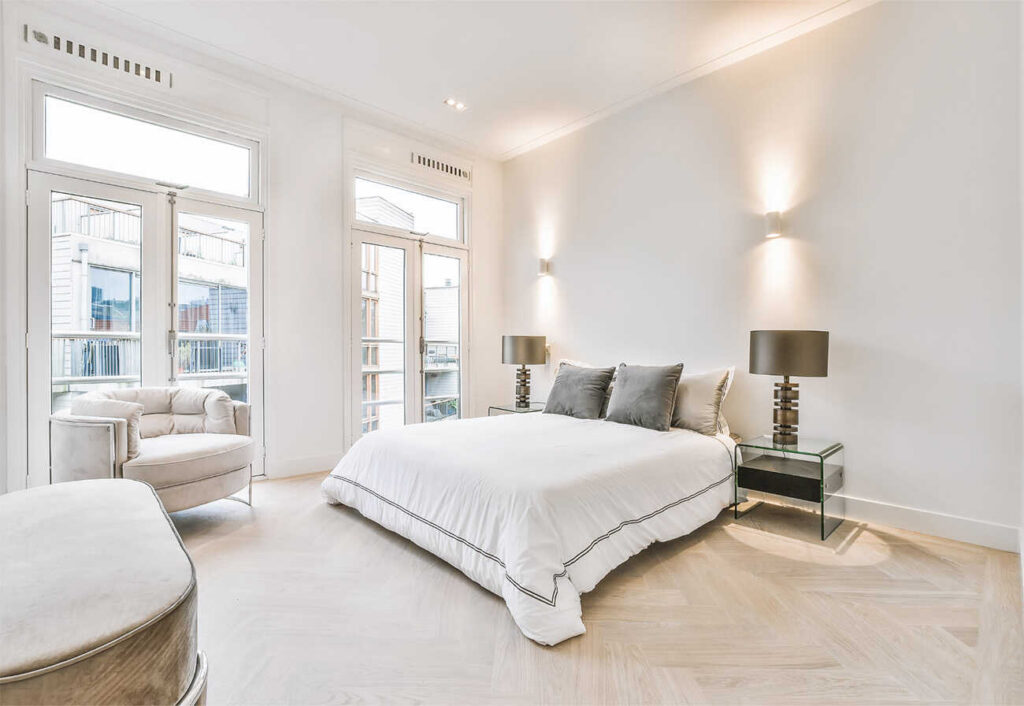
Can you paint the cornice the same colour as the walls?
Yes, you definitely can paint the cornice the same colour as the walls. In fact, some renovators with low ceilings paint the cornice the same colour as the walls to make them seem taller.
Why should the cornice match the ceiling colour?
By matching the cornice to the matte ceiling colour, you achieve a well-framed room with a smooth finish. In most homes, it’s a safe choice that works very well. However, if you have low ceilings or other obstacles, talk to an interior designer about other options.
Need more helpful tips for your painting projects? Check out what to do when white paint looks blue.

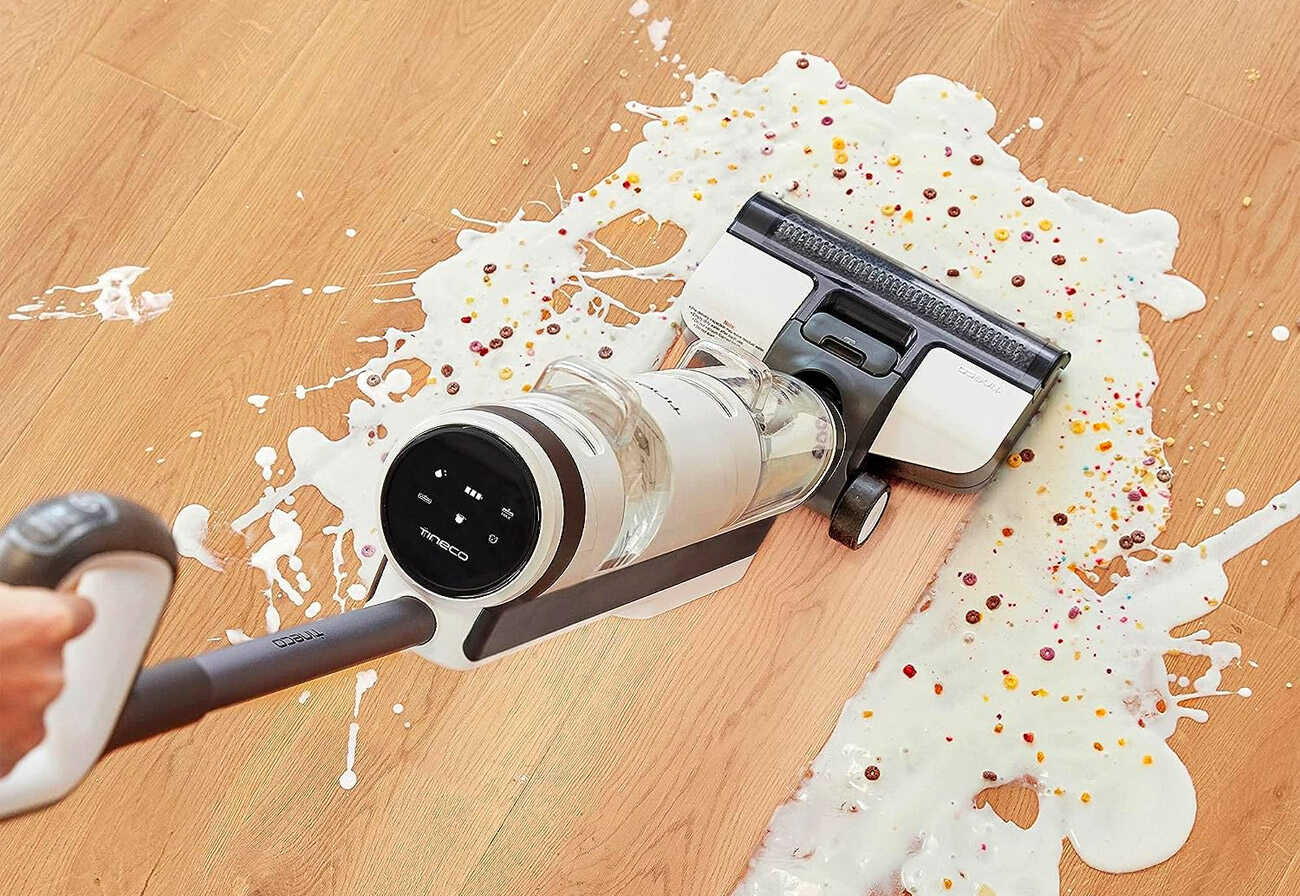

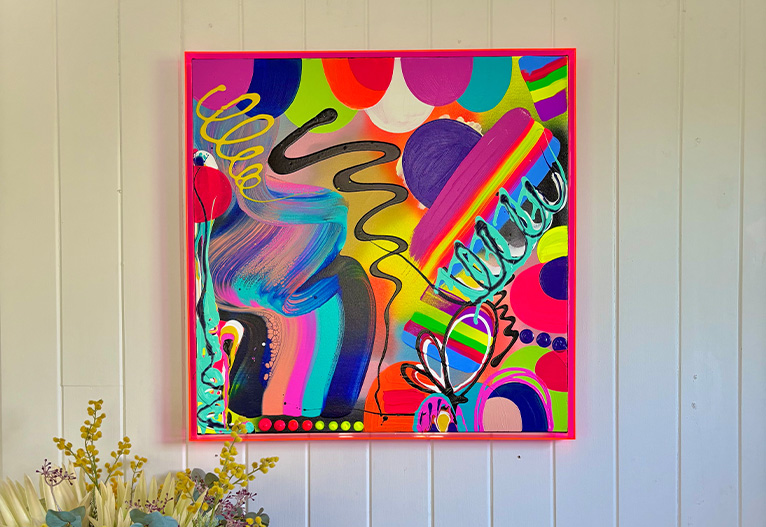
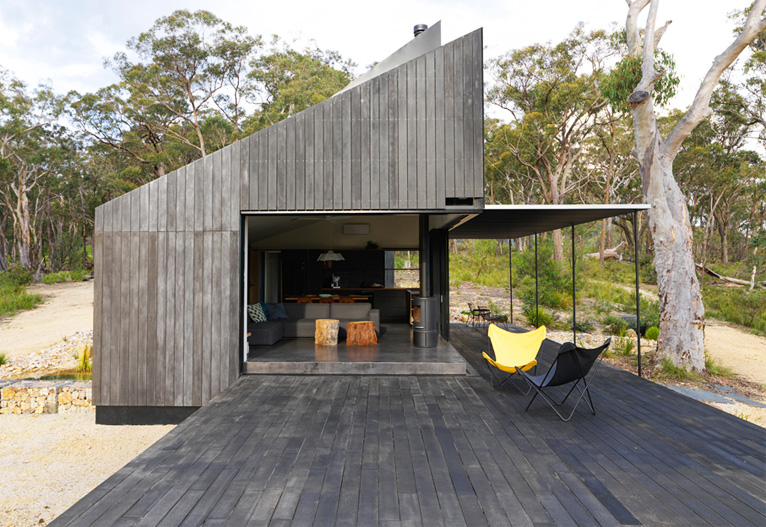
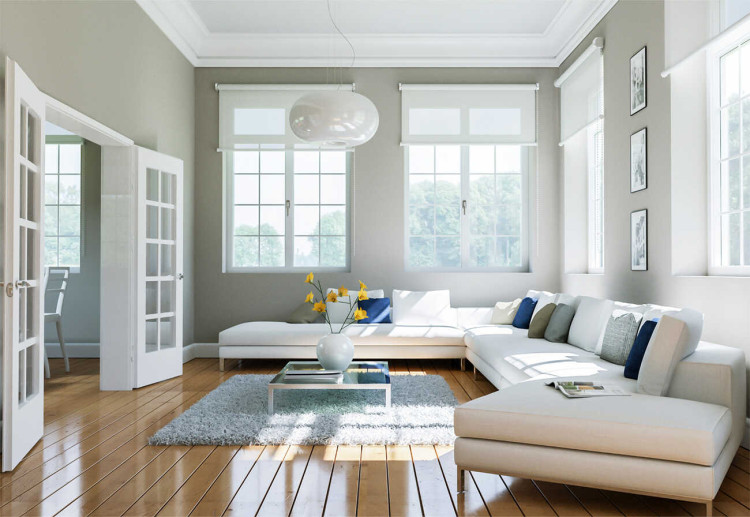
-

-
-
ChiWren, QLD
- 31 Aug 2025
-

-
-
MH514261, NSW
- 10 Apr 2025
Post a commentTo post a review/comment please join us or login so we can allocate your points.